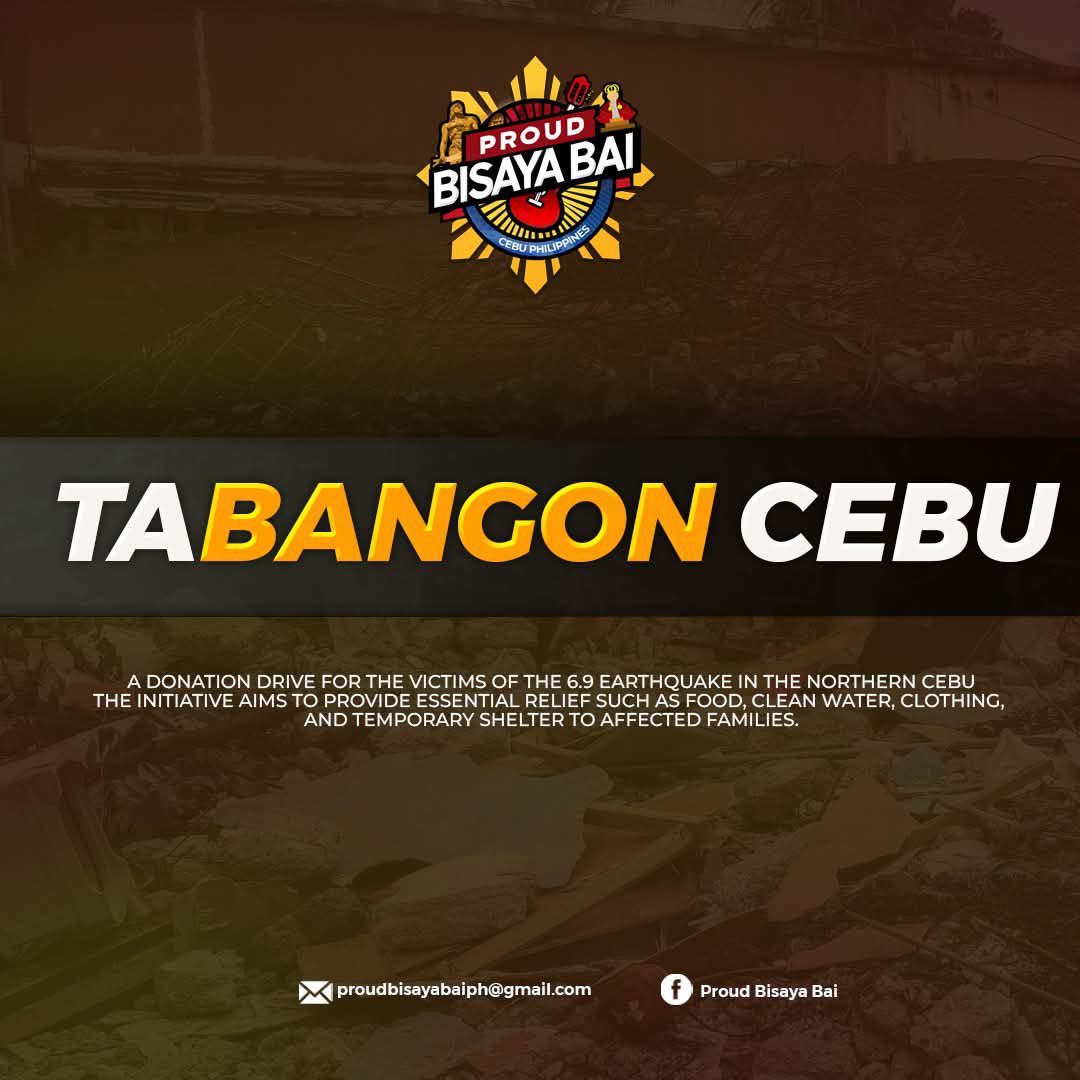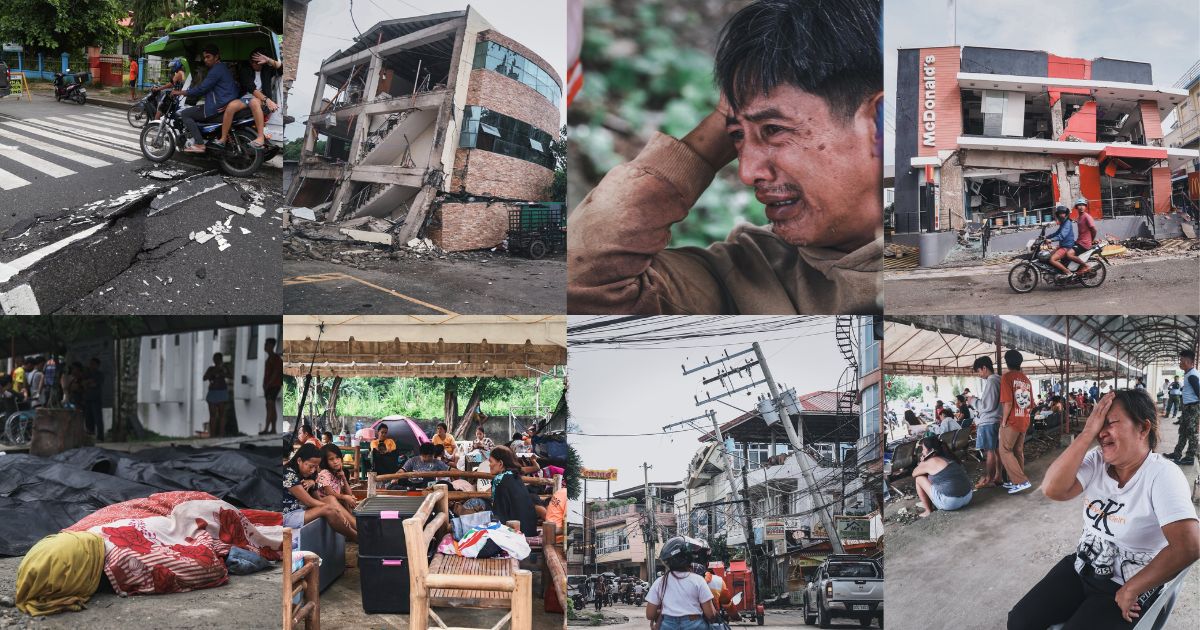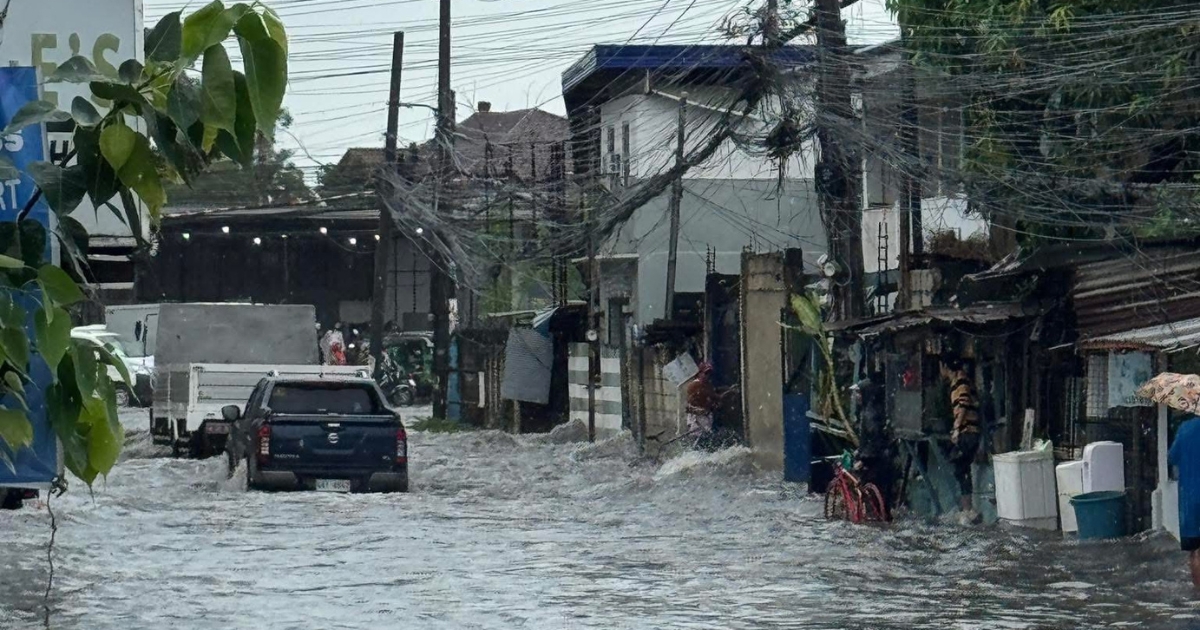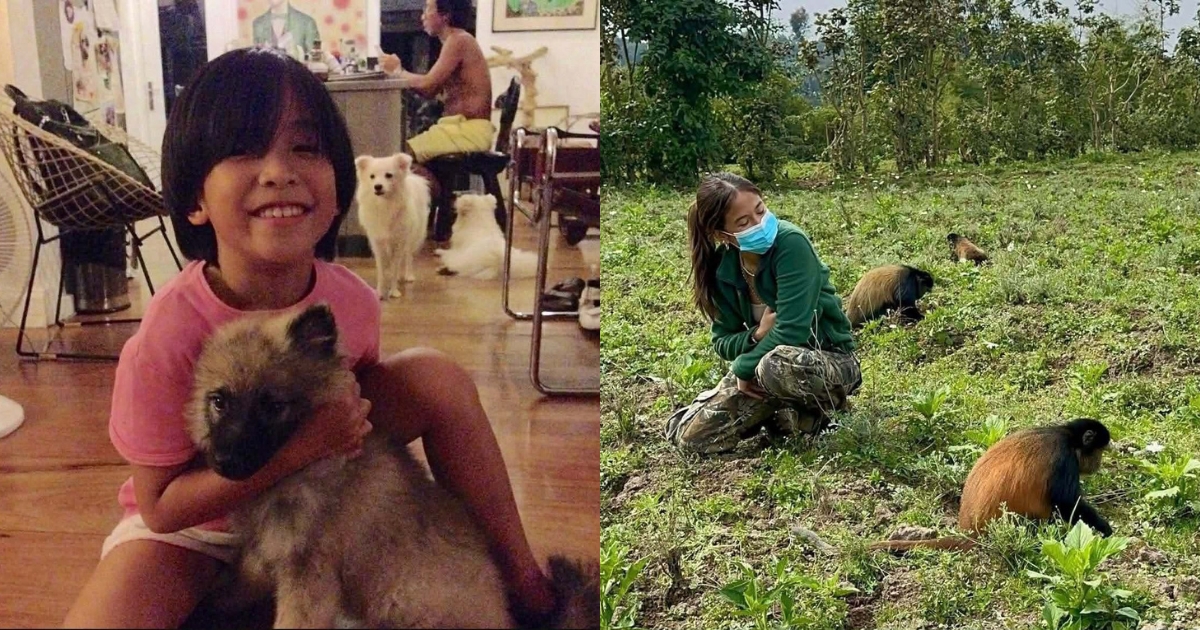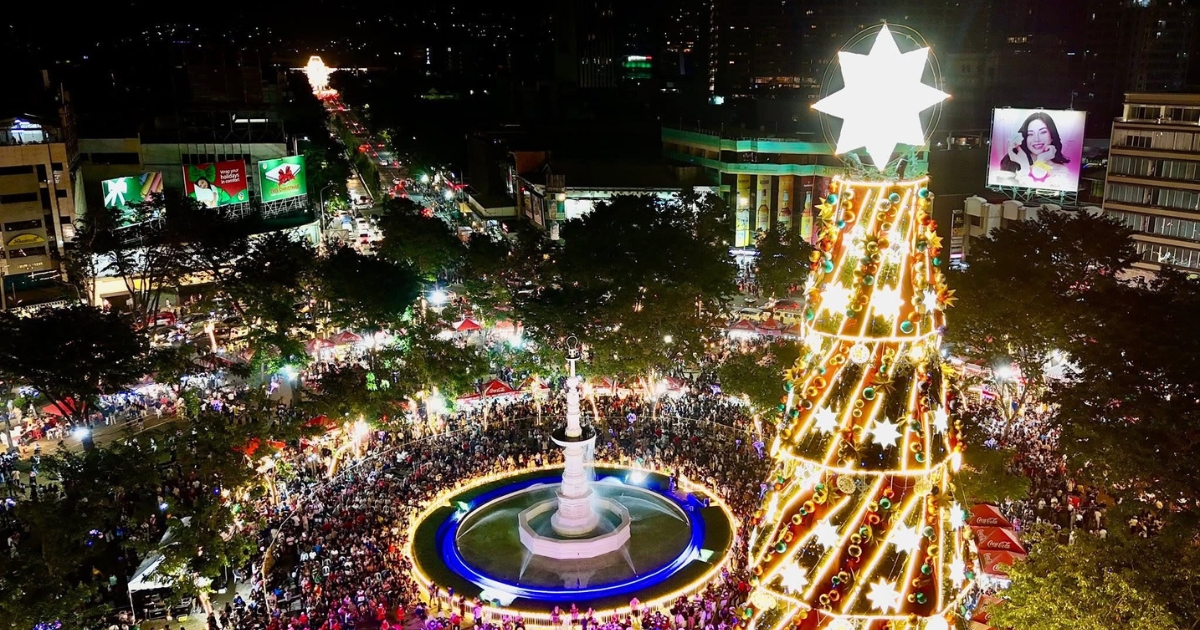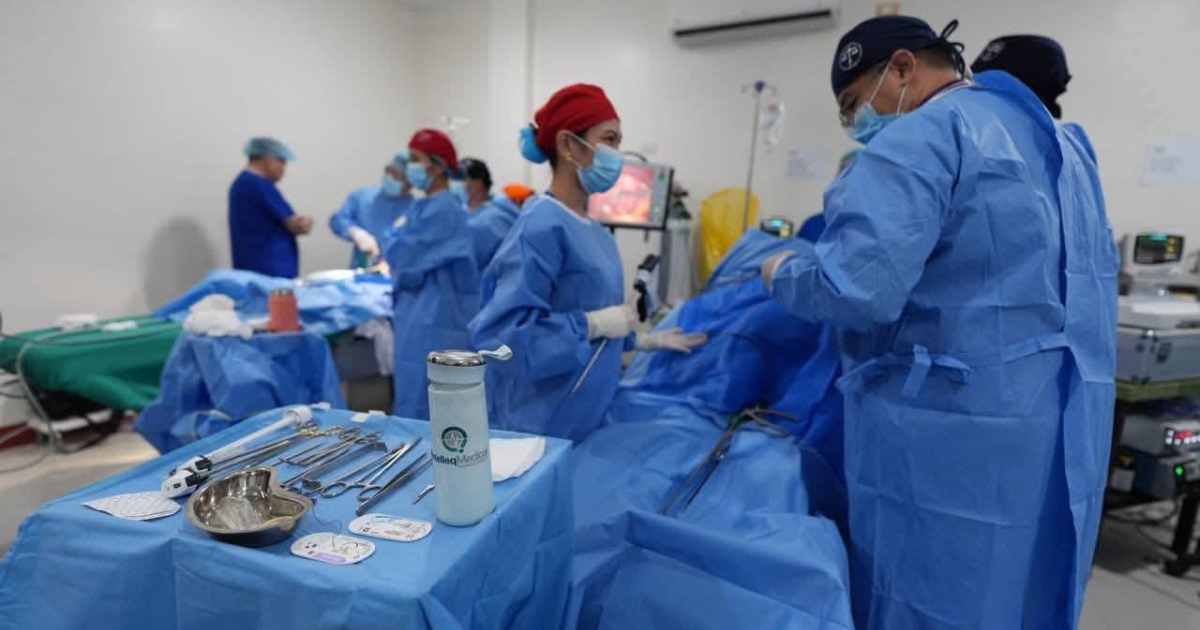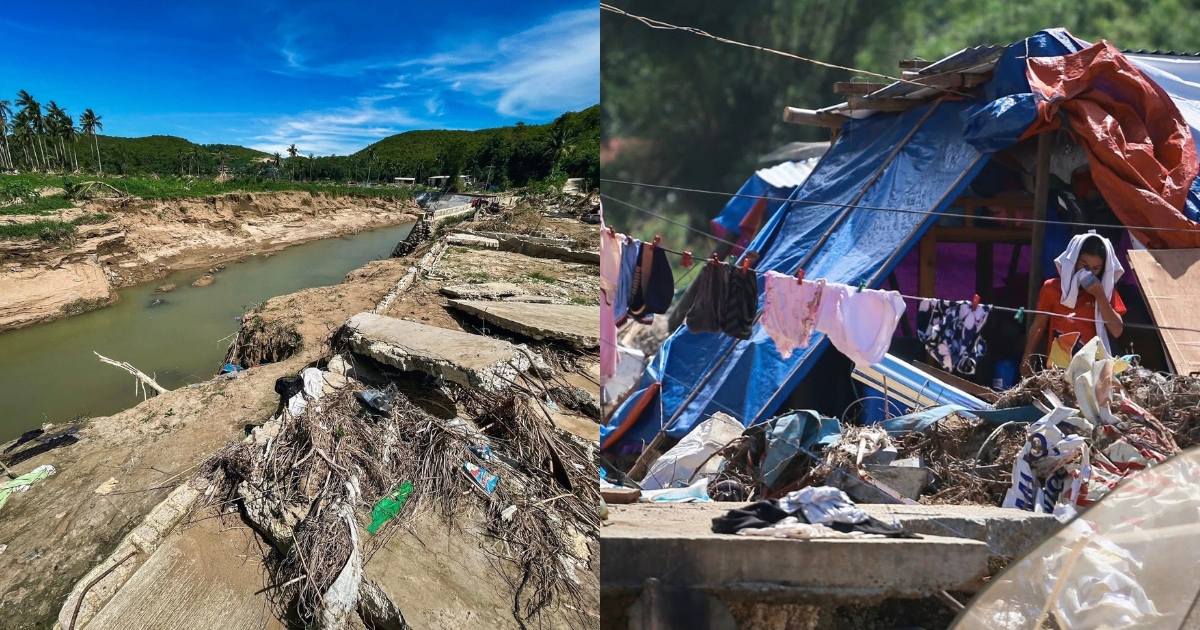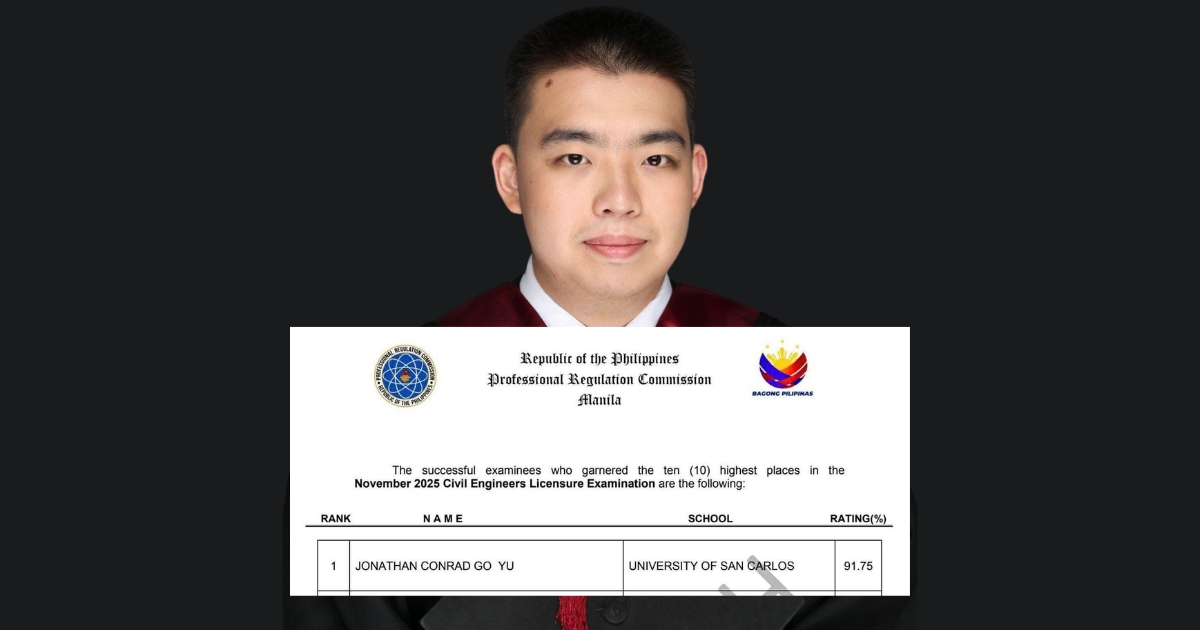“It came in the night, and took everything”
The Fateful Night
On September 30, 2025, at 9:59 p.m. local time, a powerful earthquake of magnitude 6.9 jolted the central Philippines, with its epicenter located just off the coast of northern Cebu, about 17 km northeast of Bogo City. Its shallow depth—estimated around 5 km—amplified the violent shaking felt across the Visayas region. Moments later, aftershocks followed, some of them registering above magnitude 5, keeping both residents and rescue teams on edge.
Because the quake struck late in the evening, many victims were caught unprepared, asleep in their homes. Windows shattered, walls cracked, and buildings pancaked—scenes of devastation unfolded under the cover of darkness.
Toll & Damage
By the latest counts, at least 72 people lost their lives, and 294 were injured across Cebu Province. The hardest hit municipalities were Bogo, with around 30 deaths, and San Remigio, with some 22 fatalities documented. Many of the deaths were due to structural collapses and landslides triggered by the quake.
Hundreds of homes and buildings collapsed, and infrastructure suffered significant damage:
- Bridges and roads cracked or were rendered impassable in several municipalities.
- A century-old church in Daanbantayan, the Archdiocesan Shrine of Santa Rosa de Lima, suffered major damage—its façade collapsed, though the image of Saint Rose reportedly survived intact.
- Hospitals in Bogo and nearby towns became overwhelmed; dozens of patients had to be moved outdoors for safety during aftershocks.
- Power lines were downed, plunging many barangays into darkness amid the rescue operations.
Authorities have described this quake as the deadliest in the Philippines since the 2013 Bohol–Cebu earthquake, which claimed 222 lives.
On-the-Ground Response
Search and Rescue Within hours, military, police, local disaster units, and volunteers mobilized. Drones, backhoes, and sniffer dogs were used to navigate through debris in hopes of finding survivors. Despite the urgency, efforts were hampered by aftershocks, unstable ruins, and power outages.
Emergency Aid & Shelters Temporary evacuation centers were established in towns across northern Cebu for displaced families. Food, water, and medical supplies were brought in. The provincial government, led by Governor Pamela Baricuatro, set up a joint operations center in Bogo to coordinate relief efforts.
The national government declared states of calamity in affected areas to fast-track funds and logistical support.
Restoration & Assessment Teams of engineers and structural inspectors are now assessing damaged buildings to determine which are safe, which need reinforcement, and which must be demolished. Heritage structures like old churches are being prioritized for stabilization and potential restoration.
As of this posting, relief and assistance efforts are ongoing. Fellow Cebuanos took social media to initiate their respective donation drives and brought in their own resources to provide aid to greatly damaged municipalities.
If you are interested to donate, Proud Bisaya Bai has initiated its own donation drive. See information below.
